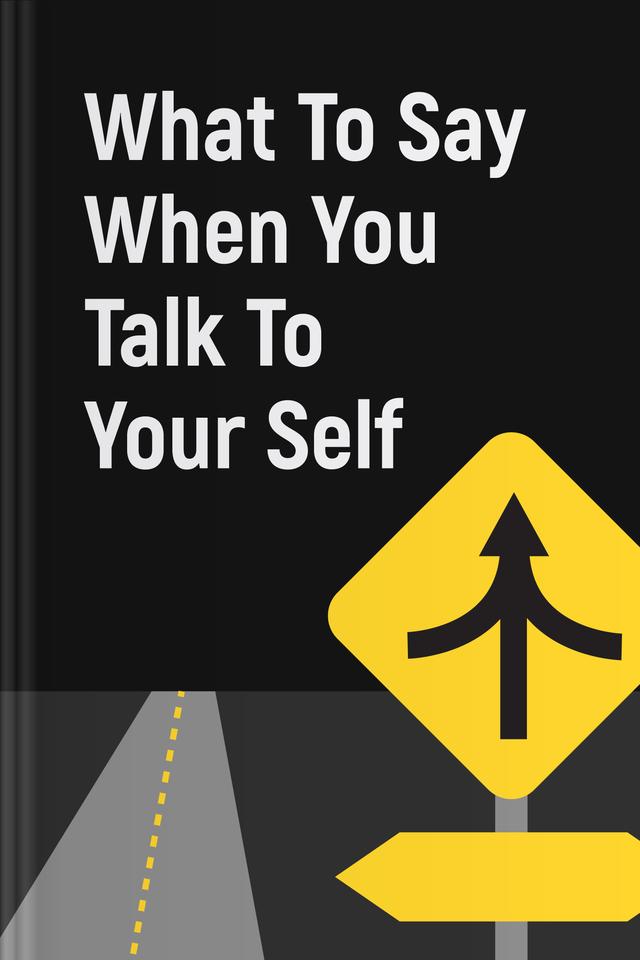You’ll learn
- Why your inner voice shapes destiny
- How childhood beliefs echo in adulthood
- Mastering the brain's reprogramming
- Decoding the self-talk evolution
russia has launched a full-scale war in Ukraine. Donate to support Ukraine and protect the world’s peace.

first KEY POINT
You might not be aware of it, but you’re talking to yourself all the time. Sure, it might not be aloud, but you’re constantly judging, chatting, feeling, and sharing ideas with your subconscious mind without even realizing it. The problem is most of the self-talk you’re indulging in is far from positive. In fact, 77% of it is thought to be negative and therefore totally working against the happiness and success you want in life.Put simply, you’re ruining your own life.
“What to Say When You’re Talking to Yourself” teaches you how to stop that chain of negative chatter and turn it into something much more helpful instead. Of course, the entire process takes time, but with effective brain reprogramming, you can fill your mind with energy and positivity that will change your entire outlook on life, causing you to change your behavior patterns, and who knows where that could lead you!When you learn to cut out negative self-talk and speak to yourself in a more positive way, you take back the reins of control, and you gain a monopoly on the messages that your brain receives and acts upon.
Shad Helmstetter talked about his childhood when he believed that anything was possible. You were probably the same, but this was before you started to think about the things you “shouldn’t do” and the things you “couldn’t do.” If you felt that way before you learned these words, Helmstetter believes you can turn back the clock and feel that way again simply by reprogramming your brain with positive self-talk.Did you know? The average person has between 12,000 to 60,000 thoughts every single day, and most of those are considered negative.
second KEY POINT
During your childhood and adolescence, assuming you are an average person, you were probably told the word “no” around 148,000 times. In comparison, you were probably told “yes” a few thousand times. We are subjected to far more negative programming than positive. Over time, you start to believe the negative because if your parents and teachers are telling you these things, you have no reason to doubt them.

Continue reading with Headway app
Continue readingfirst KEY POINT
second KEY POINT
third KEY POINT
fourth KEY POINT
fifth KEY POINT
sixth KEY POINT
seventh KEY POINT
eighth KEY POINT
ninth KEY POINT
tenth KEY POINT